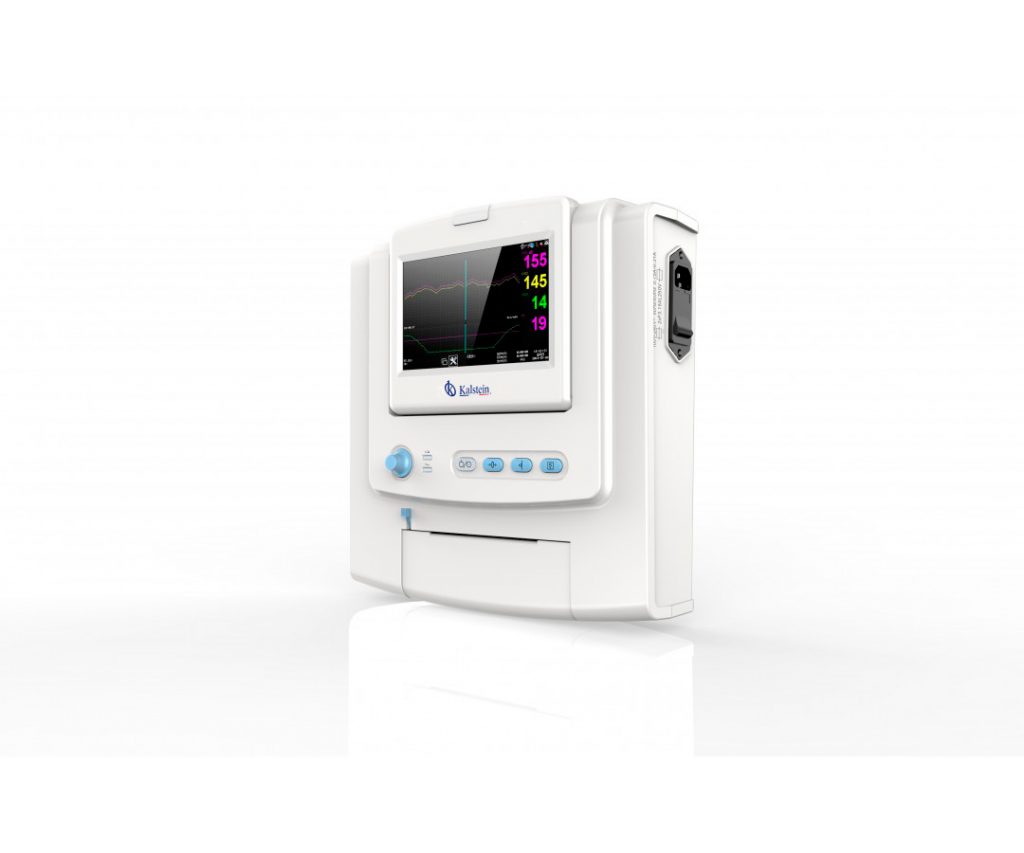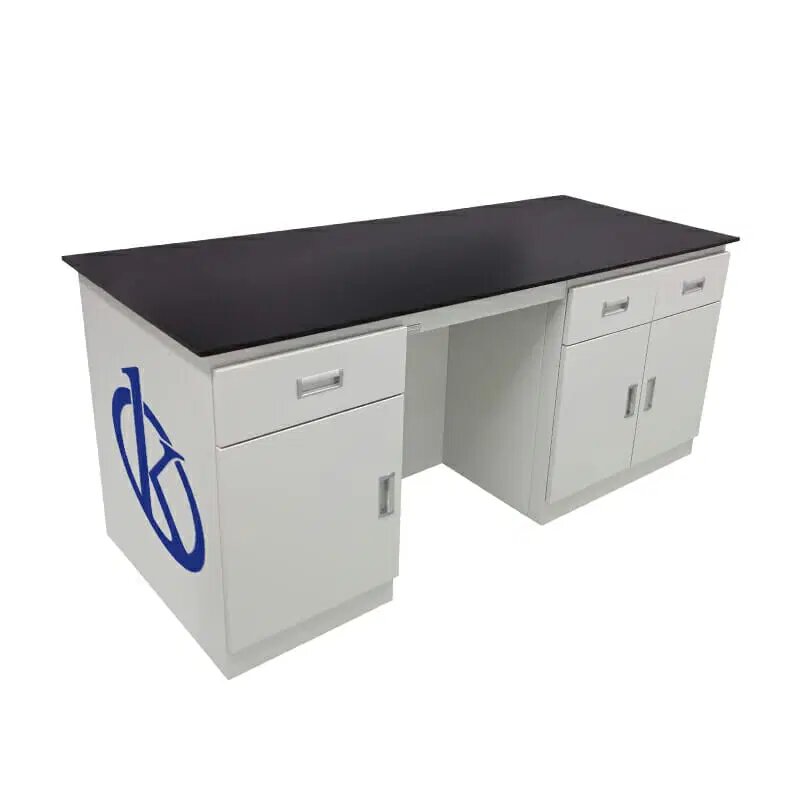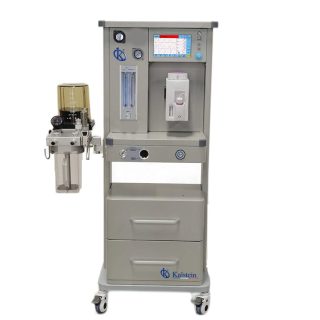A vital sign, has philological origin in the word signum, is that which, by nature, substitutes another object. Signs are also signs or indications of something. Vital, for its part, is an adjective that comes from vitālis and refers to what is linked to life, to transcendence or to what has a lot of energy.
According to the above, vital signs are parameters that reflect the state of equilibrium in the body and works as alarm sign to manifest that something and essentially provide the data (figures) that will give the data to assess the patient’s state, indicating his present state of health, as well as the changes or his evolution, either positive or negative.
On the other hand, the results or and records of vital signs, should not become a routine activity; these should be the reflection of the reliable clinical evaluation of the patient by nursing, and their timely adequate interpretation helps the nurse and the doctor to decide management behaviors.
Identification and Development of Vital Signs
By studying each vital sign, it will be known how they are composed and what their functions are, among them this:
- Blood pressure: refers to blood pressure and is one of the most important vital signs to analyze for clinical interest. This is a parameter that can change during the day, so it is recommended to take the blood pressure at different times of the day (at least 3 times) to confirm that the values are correct. When we measure blood pressure (millimeters of mercury mm Hg) we consider two values: systolic and diastolic. Systolic is understood as the highest arterial value, popularly known as “the maximum” or TAS, which reflects the blood pressure exerted on the artery wall when the heart contracts with the systolic movement. For a normal measurement, the value is within normal range of 110 to 140 mm Hg. On the other hand, diastolic blood pressure, represents lower value, also called the “minimum” or TAD, which records the pressure on the wall of the arteries when the heart relaxes or is in diastole. A minimum normal voltage between 70 and 90 mm Hg is considered.
- Respiratory rate: this value represents the number of breaths we perform in a specific period, usually for one minute, it provides relevant information in patients with cardiac or pulmonary pathology. It is considered normal, when the parameter is between 12 and 20 breaths per minute in an adult. When the number of breaths per minute is higher, we will talk about tachypnea (usually triggered by a lack of oxygen) and when it is lower, bradypnea.
- Oxygen saturation records the amount of oxygen in the blood and reflects a determining parameter in patients with respiratory pathology. They are in the normal range of 95% to 100%, indicating that the cells are getting the right amount of oxygen. When it shows a value less than 90% the patient will be in a state of hypoxemia, which is considered insufficient and manifests with difficulty in breathing and with a compensatory increase of the respiratory rate. Values below 80% are considered severe hypoxemia.
- Body temperature is considered a vital part and is easy to record, represented by the patient’s body heat. Its value, normally normal between 35’8 and 37°C. Normally an increase in body temperature is the first symptom of alarm to an inflammatory or infectious picture. Sometimes the possible focus does not appear until a few hours later, so an expectant behavior is recommended when detecting changes in body temperature without apparent focus.
Finally, vital signs are an essential part of a person’s life, which is the reflection of the state of health in which he is, being these the warnings or alarms when there is any uncontrol in the organism.
Vital Signs Monitor for Patients brand Kalstein
We are responsible for meeting the demands you need, so we offer you the semi-modular monitor of medium and high complexity, designed to be used in ICU, Pavilion and Emergency in Adult, Pediatric or Neonatal patients. It also has an alarm system that alerts when there is an adverse situation or outside the desired limits. It can also be connected to a central monitoring station and incorporates protocol to connect to HIS, CIS, LIS and PACS systems, and with port for 2G SD memory card. The Q5 model features a large 12.1-inch color TFT LCD screen, with anti-glare system, and with Touch Screen function, plus a backup battery of up to 3.5 hrs.
We are manufacturers and we have the best advice to make your purchase the right one and we have the best prices in the market. To learn more about our models, check out HERE




